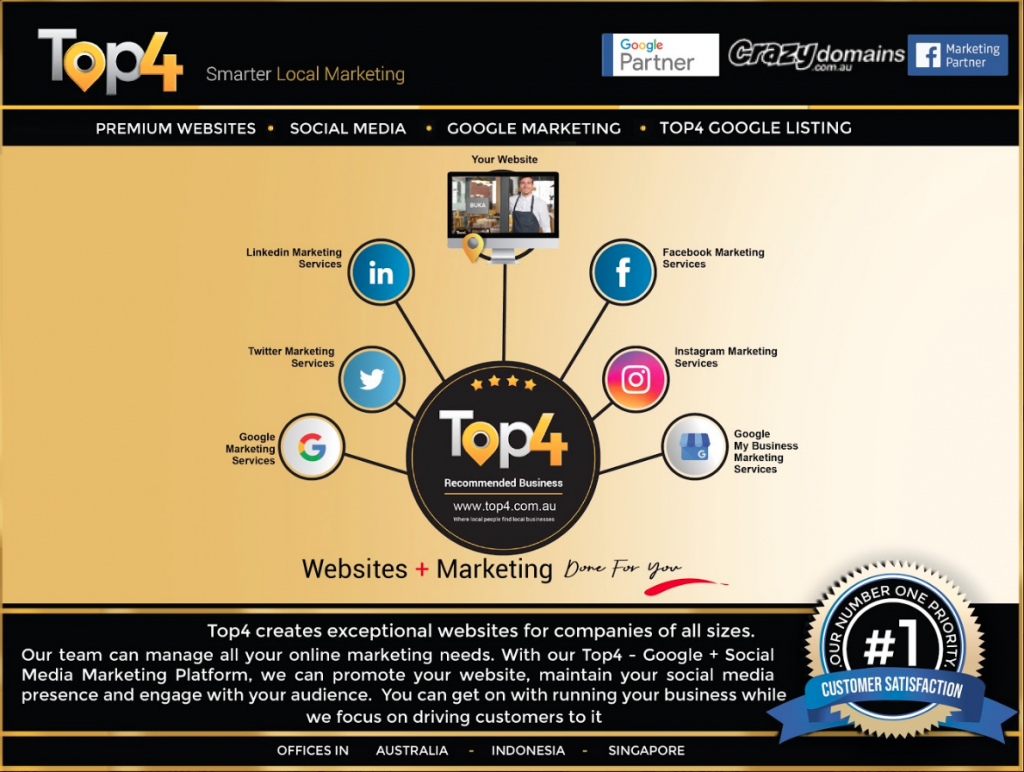Smartphones have become an indispensable part of our everyday lives, and nowhere is this more pronounced than in the Asia Pacific region, which has roughly 1.5 billion smartphone users. Indeed, smartphones have become the dominant way of accessing the internet in many parts of the region, recently surpassing PC connections for the first time.

With a sizable, ever-growing base of smartphone users comes demand – a lot of it. Each year, over 500 million smartphones are sold in the region.
While most of the sales today are still conducted through “traditional” channels (e.g., through telecommunications carriers, specialized electronics stores, and mom and pop shops), a combination of industry trends is shifting demand away from these platforms. These include government regulations that curtail device and mobile plan bundling, and a precipitous increase in preference for online shopping among consumers.
As such, ecommerce firms like Lazada, Shopee, Tokopedia, and Rakuten are now uniquely positioned to tap into one of APAC’s most deeply rooted and voluminous industries.
In particular, five innovations that are unique to ecommerce allow the digital platform to fully leverage the opportunity and revolutionize consumer shopping.
Endless options
With a catalog consisting of tens of thousands of mobile device selections, ecommerce players like Lazada provide consumers with an endless array of options, filtered by literally every user preference possible: RAM, price, screen size, battery type, processor type, etc.
Nowhere else will consumers get a more exhaustive list of options to choose from, available within the few seconds it takes to click one’s product preferences and for the page to refresh. Optionality when it comes to smart devices is vital today, as the market has become hypercompetitive and the smallest differences between products can set them apart from one another.
Convenience
Consider this: Approximately 80% of consumers that shop for smartphones in a traditional brick and mortar store goes online – often when they’re already in the shop – to do research before deciding on a final purchase.
By resorting to ecommerce instead of going to physical stores, the vast majority of smartphone buyers will benefit from being able to conduct a more convenient and more thorough pre-purchase research, an indispensable step in the purchase journey.
“Always-on” promotions
It’s hard to dispute the sheer scalability and prevalence of ecommerce sales promotions and online shopping festivals that lure in consumers with insanely attractive and cost-saving opportunities. During 2019’s Single’s Day, for example, many top smartphone models were paired with discounts of up to 40%.
Furthermore, merchants are increasingly experimenting with purchase incentive bundles, such as offering free trial subscriptions for Netflix or Spotify with the purchase of select devices. Ecommerce makes it easy to deploy such promotions by implementing them at scale, allowing seamless user redemption (e.g., online link or redemption code) and launching in-site recommendations/targeting ads to reach the right consumers.
User engagement
User engagement is key in today’s world of consumerism where buyers are increasingly looking for immersive, interactive, and social experiences in their path to purchase.
This is especially true with smartphones, given the emotional purchase drivers involved. Ecommerce enables more scalable and innovative ways of driving user engagement in the purchase journey in different ways:
- Players can collaborate with local influencers to drive purchase intent via unboxing/education reviews, coupled with links that seamlessly lead buyers to the product listing. Take for example this Lazada unboxing video or this influencer video that directs users to visit a Taiwanese ecommerce platform.
- Firms can introduce “gamified” shopping experiences, often with shopping coupons as prizes. Lazada’s Shake It, Slash It, and Wonderland in-app games are good examples.
- They can also create immersive experiences where consumers can interact with “social sellers” and participate in live online auctions alongside other potential buyers.
Measurement and testing
Ecommerce enables merchants to effectively gauge consumer sentiment and behaviour in real-time. Subsequently, sellers are able to more effectively fine-tune marketing messages, services, and product placements to better serve consumers.
With ecommerce, merchants can:
- Set up brand-specific landing pages/microsites and conduct extensive A/B tests to determine the most effective page layout, marketing messages, etc.
- Conduct digital consumer surveys at check-out to gather valuable and actionable feedback on user experience, product offerings, attractiveness of promotional offerings, etc.
- Compare performance across a large range of similar or competing products on a particular ecommerce site. Ultimately, this leads to increased competitiveness and, by extension, more value for consumers.
But beyond these core strengths, the Covid-19 outbreak has also all but reinforced the importance of online shopping platforms. In Singapore, for example, nearly two in five consumers have engaged in increased levels of online shopping since the outbreak began, with electronics purchases seeing the largest increase among non-FMCG products.
Beyond the current health crisis’ immediate impact, it’s likely that consumers are building shopping behaviours that will carry on long after the pandemic “ends.” For example, among the roughly 40% of consumers who’ve increased their online shopping, more than 75% indicated that they would sustain these uplifted levels post-pandemic, mostly driven by their new reinforced habits as well as a lingering unease at visiting public retail stores.
Indeed, as we adjust to the new normal, ecommerce and the many innovations it embodies will unquestionably emerge as a more deeply entrenched part of the consumer purchase experience in Asia Pacific.
Asia Pacific’s ever-growing smartphone market also inspired us to launch the Top4 mobile app.

Top4 is the #1 World-Class Location-Based Google Marketing Platform for Local Businesses in Australia, New Zealand and Indonesia! Join Top4 – where more than 150,000 other businesses every month are using Top4 to get more business!
The power of Top4 is now available at your fingertips – anytime, anywhere. Experience a brand new customizable search that has been optimized for mobile. Support your local businesses on the go! The Top4 app is now available on the Google Play Store. Add a local Business or Buy from a local business to support your local businesses! Download now.
Top4 – Where Local People Find Local Businesses. Verified reviews from local people just like you! Let’s support local businesses with Top4. From dentists to florists, to tattoo parlours, we’ve got expert local businesses ready to help you today!
Looking to build customer loyalty through social media? Don’t forget to add your business to Top4.com.au
List your business, create your own digital store to sell goods and services, and share posts on social media. Promote your business on Google instantly! Should you need help with local digital marketing then view our new Google Marketing Platform and services Top4 Marketing
Get Found On Google Promote Your Website, Reach local customers today!
Our Digital Marketing Agency Services Across All Industries Include Search Engine Optimisation (SEO), Google Marketing, Website Design, Corporate Web Development, and local location-based marketing using our own Google Marketing Platform!
Engage A Social Media Agency For Only 1/3 The Cost Of Employing A Social Media Manager…LET’S TALK!
Source: techinasia





